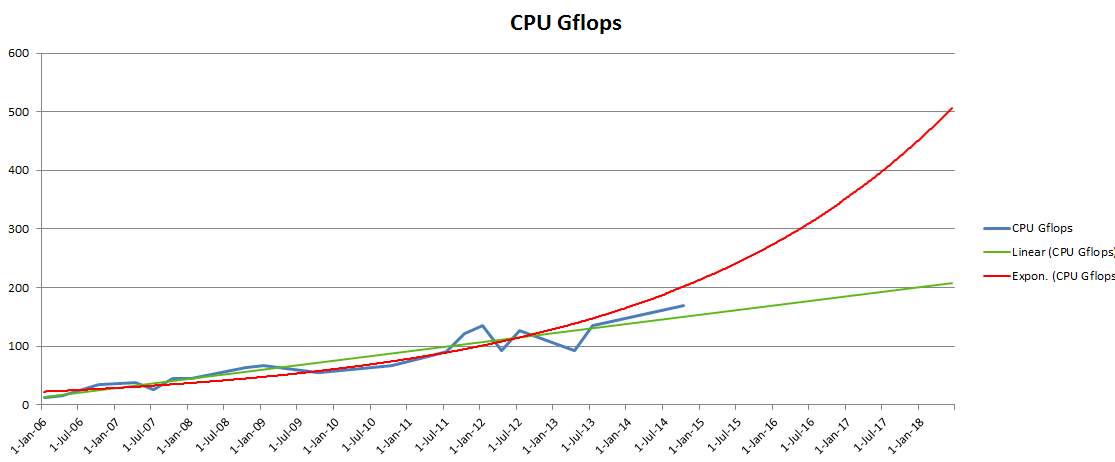One thing that is rarely mentioned when speaking about Islam, even among Muslims, is that Muslim women don’t have to work. They can work if they want to, but they don’t have to if they don’t want to.
Islam makes it the duty of a woman’s male relatives to take care of her financially. Men have to provide for their sisters, mothers, wives and daughters. This is not merely an act of charity that men are encouraged to do. It is their legal duty. In a devout Muslim society, no woman can ever be homeless as long as she has a self-respecting male relative.
This provides a tremendous sense of freedom for women, including single women, who want to do creative work. They can focus on doing what they like, for example growing a small business or a writing career, while enjoying freedom from the stress of having to earn a living. Instead of having to work for potentially abusive employers or customers, they will have the option of only choosing jobs they like and leaving whenever they want.
In a country like the United States where two incomes are often necessary for a small family to maintain a dignified existence, it may seem unrealistic (and potentially unfair to men) for such a system to be implemented. How can a few men provide for so many people? The answer is Islam’s mechanisms for wealth-preservation and the encouragement of productive investment that ensure the super-wealthy can never get too financially powerful and collude to lower wages as has happened in the United States, and also ensures that a single stream of income is generally enough to feed a large family. These mechanisms, such as the ban on interest and the speculation tax, will be discussed later on.
There is one flip side to the system that needs to be mentioned. When inheritance is distributed, women receive half as much as men. Since Islam puts all financial duties on men, it rewards them by giving them a larger share of inheritance, as men’s wealth is, after all, also partially women’s, as a man is obliged to take care of all of his close female relatives. Islam, however, doesn’t run away with the idea of a male-provider society by giving all inheritance to men, since not all men can be relied upon to be good and fair care-takers of women. It also doesn’t run away blindly with the idea of equality by giving men and women equal shares of inheritance when it has burdened men with heavier financial duties. It chooses a middle ground between the two extremes. It gives men more duties and a larger inheritance, while also providing a fall-back in case of unfair and undutiful male relatives by giving women a half-share of inheritance.
The virtues and evils of such a system can be debated. Why not give men and women equality in all things? Islam’s view is that men and women are not identical when it comes to all things. It assigns different rights and duties to each sex depending on their particular strengths and weaknesses.
The main issue at question here is this: Is a system that takes the differences between the sexes into account more likely or less likely to be fair, compared to a system that assumes men and women are exactly the same? Is it unimaginable that differentiating between the sexes can lead to a fairer system of rights and duties compared to turning a blind eye to all differences?
Feelings run high when this matter is discussed. The only way to resolve the matter is to undertake large-scale scientific studies to find out whether sex-aware systems lead to better societal outcomes compared to sex-blind systems.
Does it improve the mental health and happiness of women for them to know they will never have to work, and for them to know that there isn’t one chance in a million for them to ever be homeless (given the potentially dozens of male relatives eager and willing to take care of them if they lose their homes or jobs)?
Does it increase or decrease a woman’s chance of career advancement for her not to have to worry about making a living while she focuses on her studies or work? Or is it better to put her in debt and compel her to work as a waitress or bartender so that she can make ends meet while she studies or grows her small business as it is done in the United States?
If we cherry-pick facts and anecdotes, we can make either system look good or bad, but rigorous and empirical comparisons can be done. We can fully resolve the debate through decades of unbiased social research that compares the outcomes of an Islamic system to competing systems.
Any comparison’s of an Islamic system compared to others will have to take account of IQ, as IQ is the most important factor in determining a population’s prosperity. India is much poorer than China, for example, not largely because of Hinduism versus Communism or Buddhism, but because India’s average IQ is in the mid-80’s, while China’s IQ is above 100. Populations of equal IQ tend to converge toward having the same level of prosperity. China is in the same league as South Korea and Japan when it comes to IQ, so it is practically certain that it will reach the same level of prosperity as these two countries within a decade or two. India, however, is in the same league as the Dominican Republic and Paraguay when it comes to IQ, so as it develops, it will converge toward the same level of prosperity as these two countries. Of course, different population sizes and natural resources will affect things, but not to a great degree, and the larger the populations of the countries that we are comparing, the smaller will the effect of natural resources become. To study this topic further, I recommend the book IQ and the Wealth of Nations by professors Richard Lynn and Tatu Vanhanen.
To have a fair comparison of an Islamic system compared to others, we can compare ethnic Japanese Muslims to ethnic Japanese non-Muslims in Japan (similar IQ, same country) and see how Islam’s system of rights and duties affects the Muslim population compared to the non-Muslim one. Are ethnic Japanese Muslim women happier, more productive, more mentally healthy compared ethnic Japanese non-Muslims, or not?
Unlike Communism, whose adherents can claim that it wasn’t properly implemented when it fails, the Islamic system can be scientifically tested. The requirement is to account for IQ and devoutness (a Muslim who uses credit cards, mortgages and for-profit insurance is not following Islam properly and should not be counted toward the Muslim side). Examples of devout Muslim populations that can be studied are the conservative Muslim middle classes of Egypt and Malaysia. Egypt’s conservative Muslim middle class can be compared to the middle classes of non-Muslim countries of similar IQ (low-80’s), such as Honduras, Nicaragua and the Dominican Republic. And as for Malaysia (IQ 92), we can compare the conservative Muslim middle class there with the middle classes of Greece, Ireland, Bulgaria and Lithuania.
 This is an especially serious problem when searching through Arabic text because the usage of diacritics is totally inconsistent as they are not strictly necessary. Different levels of diacritics are added according to the level of user-friendliness that is desired by the document creator.
This is an especially serious problem when searching through Arabic text because the usage of diacritics is totally inconsistent as they are not strictly necessary. Different levels of diacritics are added according to the level of user-friendliness that is desired by the document creator.



